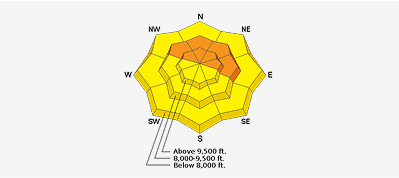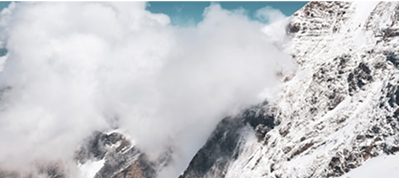The persistent slab is the main concern because it's the classic low probability with high consequences. The snowpack has a lot of variability from place to place and now that everything is covered up, it's impossible to untangle without a detailed geographic history. So the uncertainty circle on the probability-consequence diagram is quite large. The thin snowpack areas have worse stability tests and in the deeper snowpacks, the stability is much better. I was getting compression tests of about 25 (hard taps from the shoulder) and in the shallower snowpack areas it's about 15-20 (medium taps from the elbow). I would still avoid all the steep, rocky slopes, especially ones with a thin snowpack combined with lots of wind loading during the December 21-22 storm. Good luck figuring out which those are now that everything is covered up--generally above about 9,500' on northwest, north, northeast and east facing slopes.






